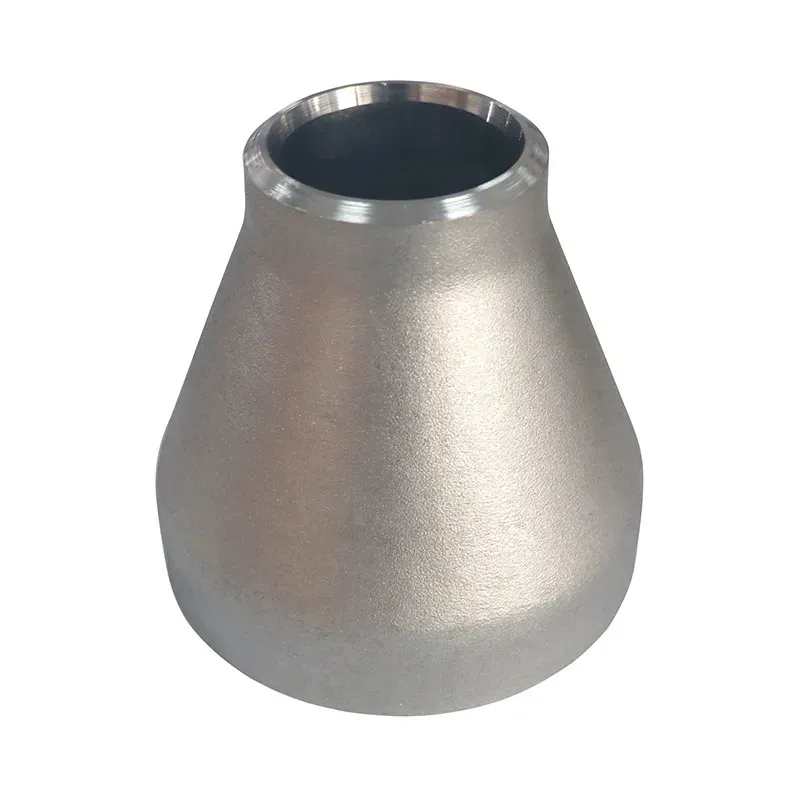-
Cangzhou Yulong Steel Co., Ltd.
-
Phone:
+86 13303177267 -
Email:
admin@ylsteelfittings.com
- English
- Arabic
- Italian
- Spanish
- Portuguese
- German
- kazakh
- Persian
- Greek
- French
- Russian
- Polish
- Thai
- Indonesian
- Vietnamese
- Zulu
- Korean
- Uzbek
- Hindi
- Serbian
- Malay
- Ukrainian
- Gujarati
- Haitian Creole
- hausa
- hawaiian
- Hebrew
- Miao
- Hungarian
- Icelandic
- igbo
- irish
- Japanese
- Javanese
- Kannada
- Khmer
- Rwandese
- Afrikaans
- Albanian
- Amharic
- Armenian
- Azerbaijani
- Basque
- Belarusian
- Bengali
- Bosnian
- Bulgarian
- Catalan
- Cebuano
- China
- China (Taiwan)
- Corsican
- Croatian
- Czech
- Danish
- Esperanto
- Estonian
- Finnish
- Frisian
- Galician
- Georgian
- Kurdish
- Kyrgyz
- Lao
- Latin
- Latvian
- Lithuanian
- Luxembourgish
- Macedonian
- Malgashi
- Malayalam
- Maltese
- Maori
- Marathi
- Mongolian
- Myanmar
- Nepali
- Norwegian
- Norwegian
- Occitan
- Pashto
- Dutch
- Punjabi
- Romanian
- Samoan
- Scottish Gaelic
- Sesotho
- Shona
- Sindhi
- Sinhala
- Slovak
- Slovenian
- Somali
- Sundanese
- Swahili
- Swedish
- Tagalog
- Tajik
- Tamil
- Tatar
- Telugu
- Turkish
- Turkmen
- Urdu
- Uighur
- Welsh
- Bantu
- Yiddish
- Yoruba

Sep . 24, 2024 01:24 Back to list
Techniques and Best Practices for Black Pipe Welding in Industrial Applications
Understanding Black Pipe Welding
Black pipe welding is a critical process used primarily in the construction and maintenance of various piping systems, particularly those involving the transport of gases and liquids. Black pipes, which are made of carbon steel, are coated with a black iron oxide, providing them with a distinctive appearance. This type of pipe is favored for its strength and durability, making it an excellent choice for various industrial applications including natural gas systems, water transmission, and HVAC systems.
The welding process for black pipes is essential to ensure that the joints are strong and leak-free. Common welding methods used include stick welding (SMAW), MIG welding (GMAW), and TIG welding (GTAW). Each method has its unique advantages and is chosen based on the specific requirements of the project at hand.
Preparation and Safety
Before commencing welding, proper preparation is crucial. This involves cleaning the edges of the black pipes to remove rust, dirt, and any other contaminants. The cleanliness of the metal surface ensures a good weld and a strong bond between the pipes. Safety is also paramount; welders must wear appropriate protection, including gloves, helmets with face shields, and protective clothing to shield themselves from sparks and UV radiation produced during the welding process.
The Welding Process
black pipe welding

During the welding process, the welder joins two pieces of black pipe by melting the edges and allowing them to fuse together as they cool. The selection of the electrode or filler material is critical; it should match or be compatible with the black pipe's material properties to achieve a strong weld. After welding, it is essential to inspect the joints for quality. This can be done visually or through non-destructive testing methods such as ultrasonic or radiographic inspections to ensure there are no internal flaws or weaknesses.
Post-Welding Considerations
Once the welding is complete, additional measures may be needed to protect the welds from corrosion, particularly in outdoor or humid environments. This can include applying protective coatings or paints designed for metal surfaces. Proper post-weld treatment enhances the longevity of the piping system and prevents costly repairs in the future.
Conclusion
In conclusion, black pipe welding is a specialized skill that requires attention to detail, adherence to safety protocols, and a comprehensive understanding of materials and welding techniques. As industries continue to expand and evolve, the demand for skilled welders proficient in black pipe welding remains high, highlighting the importance of this essential trade in modern infrastructure development.
Latest news
-
ANSI 150P SS304 SO FLANGE
NewsFeb.14,2025
-
ASTM A333GR6 STEEL PIPE
NewsJan.20,2025
-
ANSI B16.5 WELDING NECK FLANGE
NewsJan.15,2026
-
ANSI B16.5 SLIP-ON FLANGE
NewsApr.19,2024
-
SABS 1123 FLANGE
NewsJan.15,2025
-
DIN86044 PLATE FLANGE
NewsApr.19,2024
-
DIN2527 BLIND FLANGE
NewsApr.12,2024
-
JIS B2311 Butt-Welding Fittings LR/SR 45°/90° /180°Seamless/Weld
NewsApr.23,2024











